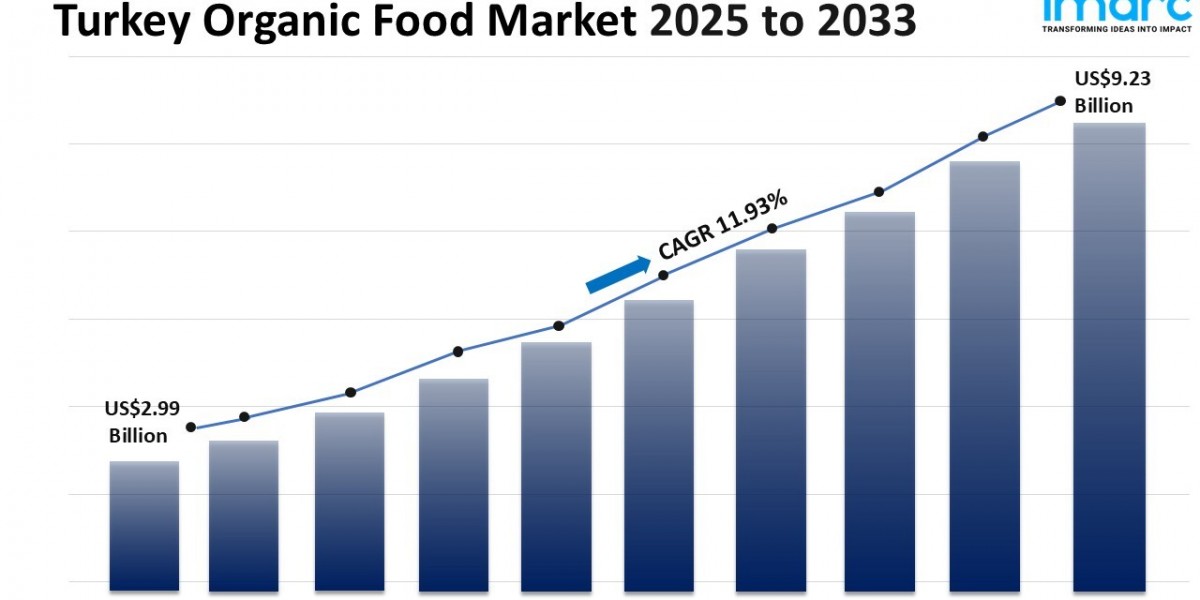The Global Vertical Farming Market was valued at USD 6.2 billion in 2023 and is projected to grow from USD 7.48 billion in 2024 to USD 33.5 billion by 2032, exhibiting a CAGR of 20.62% during the forecast period (2024-2032).
This rapid growth is driven by rising global food demand, increasing urbanization, limited agricultural land, and advancements in indoor farming technologies. Vertical farming provides higher yield efficiency than traditional farming methods, making it an attractive solution for food production in urban areas.
What is Vertical Farming?
Vertical farming is an indoor agricultural method that uses stacked layers, hydroponics, aeroponics, and artificial lighting to grow crops in controlled environments. It requires less land, water, and pesticides, making it a sustainable alternative to traditional farming.
Get FREE Sample Report:
https://www.marketresearchfuture.com/sample_request/2779
Key Market Drivers
1. Increasing Global Population and Urbanization
- The world population is expected to reach 9.7 billion by 2050, increasing the demand for food.
- Vertical farming enables year-round crop production in urban environments, reducing reliance on traditional agriculture.
2. Higher Yield and Resource Efficiency
- Compared to conventional farming, vertical farming provides:
- 70-95% less water consumption
- 80-90% less land usage
- Higher crop yields per square meter
- These factors make vertical farming cost-effective and sustainable.
3. Climate Change and Reduced Arable Land
- Extreme weather conditions, soil degradation, and desertification reduce arable land availability.
- Vertical farming offers a climate-independent solution, ensuring stable food production.
4. Technological Advancements in Controlled Environment Agriculture (CEA)
- Artificial Intelligence (AI), IoT, and automation optimize growth conditions and reduce operational costs.
- LED lighting technology enhances photosynthesis, improving crop quality and yield.
5. Growing Demand for Pesticide-Free and Organic Food
- Consumers prefer organic, fresh, and locally grown produce.
- Vertical farming eliminates pesticide use, ensuring healthier food options.
Market Challenges
- High Initial Investment Costs: Setting up a vertical farm requires advanced technologies, automation, and climate control systems.
- Energy Consumption: The need for LED lighting and climate control increases electricity costs.
- Limited Crop Variety: Vertical farming is mainly used for leafy greens, herbs, and small fruits, while staple crops like wheat and rice remain challenging to grow.
Market Segmentation
By Farming Type
- Hydroponics (dominant segment, uses nutrient-rich water solutions)
- Aeroponics (grows plants in misted air, requires less water)
- Aquaponics (combines fish farming with hydroponics for a sustainable system)
By Component
- Lighting Systems (LED, Fluorescent, HPS)
- Climate Control (HVAC, Sensors, Automation)
- Growing Mediums (Coconut Coir, Rockwool, Peat Moss)
- Farming Structures (Shipping Containers, Warehouses, Skyscrapers)
By Application
- Commercial (Large-scale food production)
- Residential (Home-based vertical gardens)
- Research & Development
By Region
- North America: Leading market due to high adoption of vertical farming technologies and demand for organic produce.
- Europe: Growth driven by sustainability initiatives and government support for urban agriculture.
- Asia-Pacific: Fastest-growing region due to rising population and food security concerns in China, India, and Japan.
- Middle East & Latin America: Increasing adoption due to desert climate and water scarcity challenges.
Future Trends and Opportunities
- AI-Driven Smart Farming: Automation and AI-powered analytics will enhance crop productivity.
- Integration of Renewable Energy: Solar and wind power solutions to reduce electricity costs.
- Expansion of Crop Varieties: Research is ongoing to grow grains, root vegetables, and medicinal plants indoors.
- Public-Private Partnerships (PPPs): Governments and investors are funding large-scale vertical farming projects.








